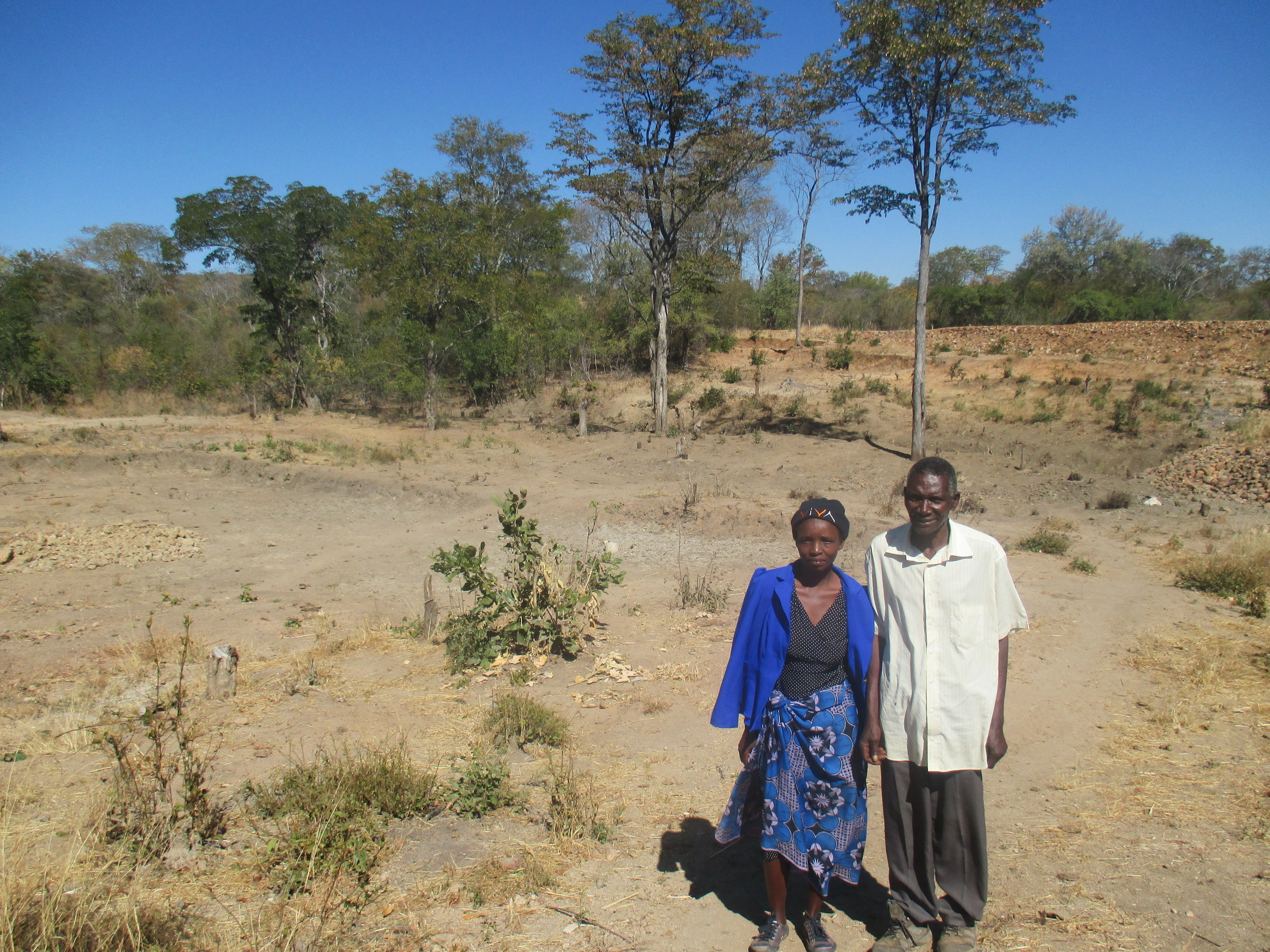From Bad to Worse: Deepening Impacts of Zimbabwe’s Drought

At present, Zimbabwe’s future appears precariously poised on an edge. Two consecutive years of poor rains, compounded by El Niño, have resulted in the worst drought in 35 years. It is estimated that more than four million people will require emergency humanitarian aid to get them through to the end of the lean season in March 2017.
Exacerbating the situation is the regional nature of the drought, along with an economic crisis, a shortage of cash, and growing political tensions. With loyalties shifting and both the governing party and the opposition fractured, it is unclear in which direction the situation is headed. One thing that is certain, however, is that funding, capacity, and contingency planning must be scaled up immediately to address current needs and the anticipated worsening of the crisis.


“The worst of the crisis is ahead of us.”
UN Official, Harare
“The government is broke.
farmer in rural village in masvingo
We don’t know where to go.
We don’t know who will help us.”
Recommendations:
Donors and UN agencies must immediately scale up funding and capacity to address the worsening of the crisis between now and March 2017.
- To be effective, international stakeholders must implement a comprehensive, multi-sector approach that not only supports the drought’s impacts on food security, but also sufficiently addresses water/sanitation, health, nutrition, and protection.
- Given the limited stand-by emergency capacity of the UN Office for the Coordination of Humanitarian Affairs (OCHA) both in Zimbabwe and at the regional level, other UN agencies and international non-government agencies (INGOs) must deploy staff with experience in humanitarian emergencies.
- The U.S. President’s Emergency Plan for AIDS Relief (PEPFAR) should prioritize support to assist drought-affected, HIV-positive Zimbabweans with food assistance to accompany their medication.
- To be effective, international stakeholders must implement a comprehensive, multi-sector approach that not only supports the drought’s impacts on food security, but also sufficiently addresses water/sanitation, health, nutrition, and protection.
- The Protection Working Group should immediately undertake an assessment of social protection risks to better distill drought impacts on vulnerable groups and should request deployment of a Protection Standby Capacity Project (ProCap) Officer to Zimbabwe.
The UN Humanitarian Country Team (UN HCT) must adopt a more unified, coherent strategy for the response by:
- Revising its current humanitarian response plan not only to incorporate the results of the June rural livelihoods and agriculture assessment but also to better balance urgent humanitarian needs with longer-term resilience building programs.
- Agreeing to undertake joint market assessments to ensure that cash-based interventions continue to be effective, and requesting the deployment of a cash and markets expert to help develop a contingency plan should greater amounts of in-kind food aid be required.
- Revising its current humanitarian response plan not only to incorporate the results of the June rural livelihoods and agriculture assessment but also to better balance urgent humanitarian needs with longer-term resilience building programs.
With the support of OCHA, the UN HCT should better manage risks by immediately undertaking contingency planning for both the possible onset of La Niña-related flooding and the potential emergence of a complex emergency.
- The UN HCT should also establish a logistics working group to support the government, relevant UN agencies, and the Southern Africa Development Community (SADC) to facilitate grain imports and other cross-border issues.
- The UN HCT should also establish a logistics working group to support the government, relevant UN agencies, and the Southern Africa Development Community (SADC) to facilitate grain imports and other cross-border issues.
- The International Organization for Migration (IOM) should immediately undertake data collection and regularly monitor the impacts of the drought on displacement and migration, both internally and across borders.
- The SADC Secretariat should work with the Platform on Disaster Displacement to implement the Nansen Protection Agenda to better protect and assist cross-border, drought-displaced persons.
Given the need for new tools to more effectively respond to slow-onset and/or recurrent humanitarian emergencies in the context of climate change, it is recommended that:
- The Inter-Agency Standing Committee (IASC) develop new tools and standard operating procedures to ensure timely early action and more robust collaboration between humanitarian and development actors from the start.
- Donors adopt more flexible funding mechanisms and approaches that allow implementing partners to better balance immediate humanitarian needs with resilience and development objectives.
- The Inter-Agency Standing Committee (IASC) develop new tools and standard operating procedures to ensure timely early action and more robust collaboration between humanitarian and development actors from the start.
Alice Thomas and Ann Hollingsworth traveled to Zimbabwe in June 2016 to assess the impacts of, and response to, the drought emergency.